There are many types of stress. Some stress is perceived as negative like losing a job and some are more positive like planning a wedding. Most of you are familiar with the flight or fight (or freeze) response to an acute stressor in which you feel seriously threatened. Your sympathetic nervous system kicks in releasing adrenalin. Blood is sent to the muscles decreasing cognitive function, sugar is dumped into the blood, your vision narrows, your blood vessels constrict and your blood pressure goes up. The digestive system shuts down except for the occasional immediate release of urine or poop that may be near the exits. It is one part of the autonomic nervous system. The other part, the parasympathetic nervous system, is associated with feeling relaxed, low blood sugar, lower blood pressure, good peripheral vision and smooth digestion.
You can’t talk about stress without mentioning, Dr. Hans Selye, the father of stress research, who was the first to describe stress as the“nonspecific response of the body to any demand,” back in the early/mid 1900’s. Although many doctors dismissed stress as a contributor to disease for decades, Selye’s early research with rats showed how exposure to stressors like being on a cold roof, showed adrenal hyperactivity, lymphatic atrophy and peptic ulcers. Today most doctors agree that stress can contribute to both mental and physical illness. That said, your lifestyle, your belief system and the choices you make are all connected to how you cope with stress.
There are many types of physical stressors that affect most people like certain repetitive/movement stress, sitting in one position with poor posture for too long, overexertion, overeating, skipping meals, etc.. Getting the right amount of restorative sleep for your body, appropriate exercise and stretching, good posture, nutrition and good eating habits are all ways to help your body recover from stress. Unlike a clear threat that kicks in the flight or fight response, most stress that eventually causes health problems are ongoing and lower level. Things like work stress, relationship stress, financial stress, commuting stress, identity stress and other life stress can negatively affect your body over time and contribute to anxiety, depression, substance abuse and other mental health issues.
In the 1990’s, I taught several stress management workshops in which a large focus was placed on the power of the mind. Have you ever noticed two people faced with the same stressor reacting differently? One person may get a nervous stomach feeling and worry while the other appears calm and almost care-free. Many stressors are based on your perception. For example, when I was training to become a certified Fast Defense instructor, we played out scenarios to purposely stress a student to get an adrenaline response. Most students had a stress reaction when confronted with a mentally ill, homeless man becoming agitated and aggressive towards them. When it was my turn, one of the teachers noticed that I seemed calm and comfortable and asked if my adrenaline got activated. It did not. I guess because I had over 10 years working with that population, my mind automatically went into helping and compassion mode.
On the other hand, I was once waiting for a friend in their office to finish work. I sat and watched how she was multitasking on her phone and her computer. Someone then barged into the room presenting her with two crisis situations that needed immediate attention. I began feeling extremely anxious and said I would wait for her outside while she seamlessly took charge giving orders and delegated what needed to be done to solve the crisis. It was all in a day’s work for her. I have many examples how what may be a stressor for you may not be for another based on several factors.
Some of your coping mechanisms to stress is conditioned early on but with tools like reframing, changing the story in your head, meditation and slowing down and deepening your breathing, you can help access your parasympathetic nervous system and better cope with life’s stressors. Much of my private practice is helping people rewire their mind and body on the subconscious and cellular levels. The Acudragon® Wellness System has several time-tested tools to help make you more resilient against many types of stress. These include Qigong Instruction, Guided Visualizations, and Acuformulas. All of which help the body, mind and spirit be more centered, grounded and better able to cope with the various stressors life has to offer.
Qigong exercises to relieve anxiety and and increase energy
If you are new to these types of tools or are looking for some general direction, I would recommend starting with the Guided Visualization with Progressive Relaxation (Vimeo), Qigong for Anxiety (YouTube) and at least one of the Acuformulas. Each Acuformula® has a healing aroma and can be applied to acupuncture points or appropriate areas of the body.
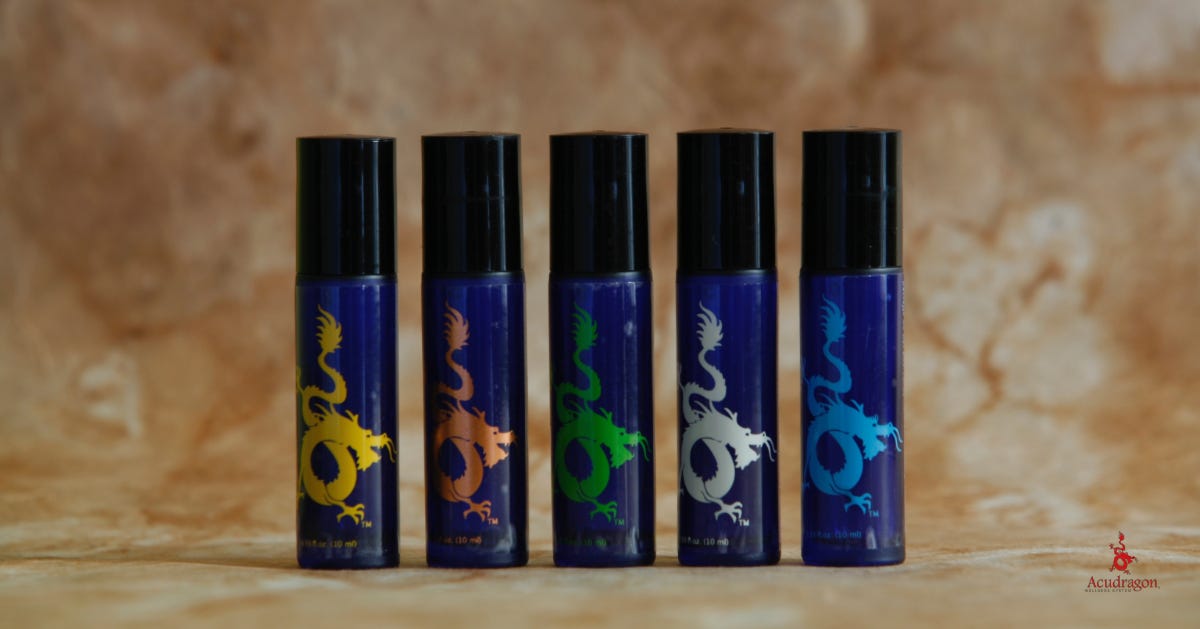
For example, if your stress makes you feel angry and irritable, apply the Green Dragon (Acuformula® T5); if your stress makes you anxious, go for the Bronze / Red Dragon (Acuformula® A7); if your stress makes you worry and think too much, try the Yellow Dragon (Acuformula® N6); if your stress makes you sad and brings you down, use the White Dragon (Acuformula® R5); if your stress brings up fear, ground yourself with the Blue Dragon (Acuformula® H5).
Being present in your body can alleviate many types of stress. Take a slow, deep breath, feel your feet on the ground, exhale and let go.
Peace,
William
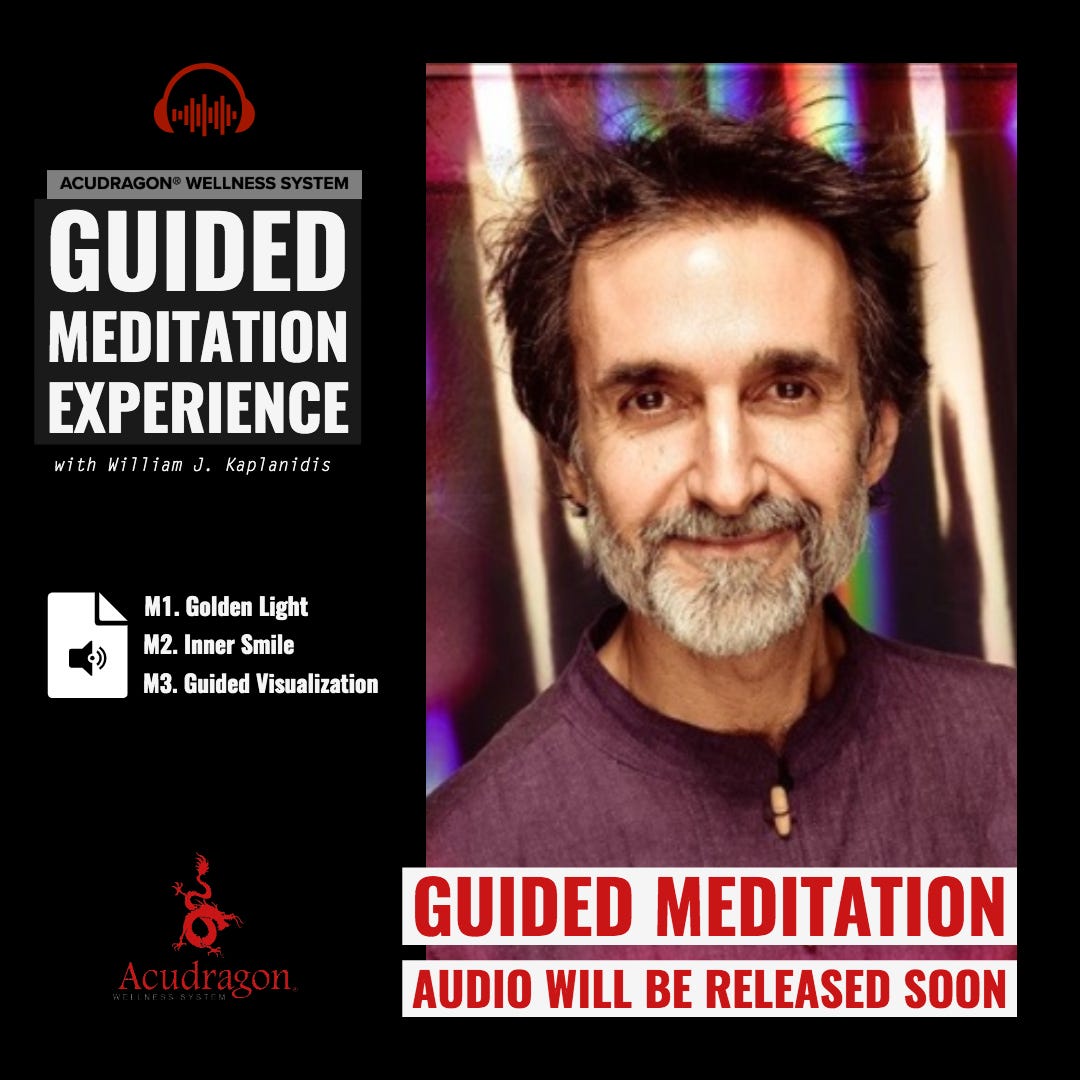
Announcement:
NEW Guided Meditation Experience with William J. Kaplanidis
We are thrilled to announce New Guided Meditation Experience with William J. Kaplanidis will be released this month. Stay tuned!
M1. Golden Light
The Golden Light Meditation is a Taoist practice in which golden light is used to clear the body of toxic energy and become a protective shield against any negative influences. It is particularly good for boosting the immune system and cultivating love.
M2. Inner Smile
The Inner Smile Meditation is a Taoist meditation in which we connect with a source of smiling energy and use it to smile to each of our organs and body parts and imagine each part smiling back at you. Besides the healing effects on the body, I found this meditation to be helpful in cultivating appreciation and gratitude especially for our body.
M3. Guided Visualization
In this Guided Visualization we begin with a progressive relaxation of all our major muscle groups from head to toe. We then remove negative energies from the mind and body and create a safe, care-free place of relaxation that can be used as a tool for stress reduction, better sleep and enhanced performance.
Don’t forget to join the Acudragon® mailing list for information of upcoming events, books, products, services and classes to come. Feel free to share with others and have a happy spring. ☺
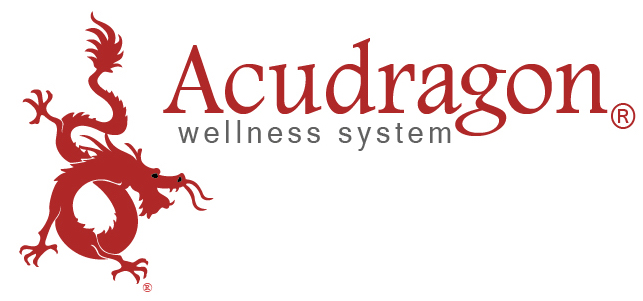
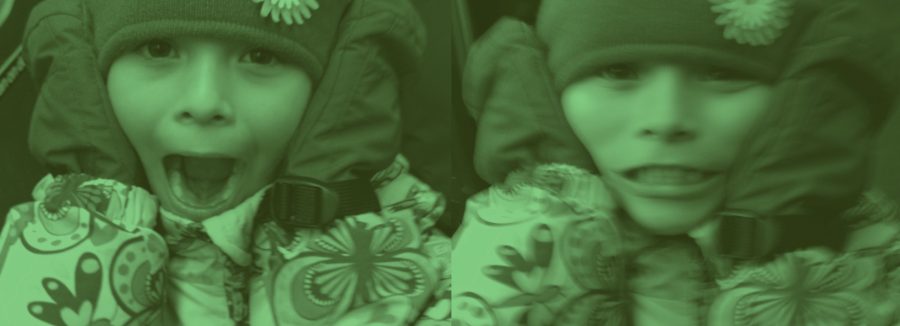

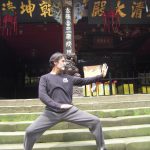
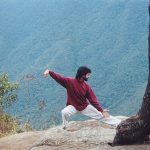








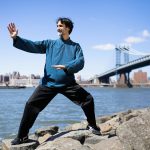

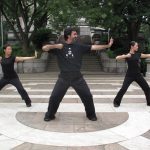
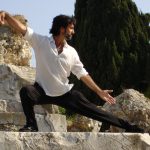




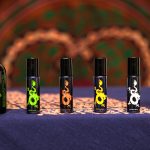
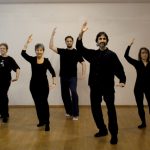
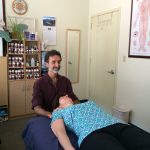

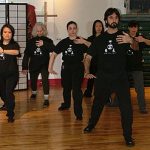

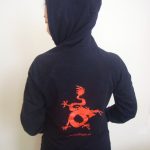




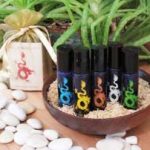

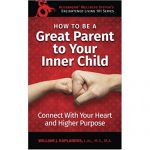

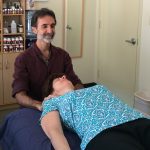






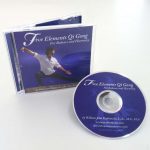



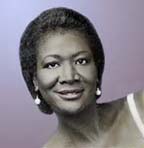


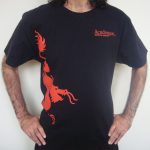


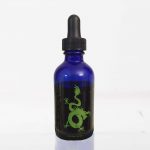
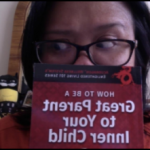

Recent Comments